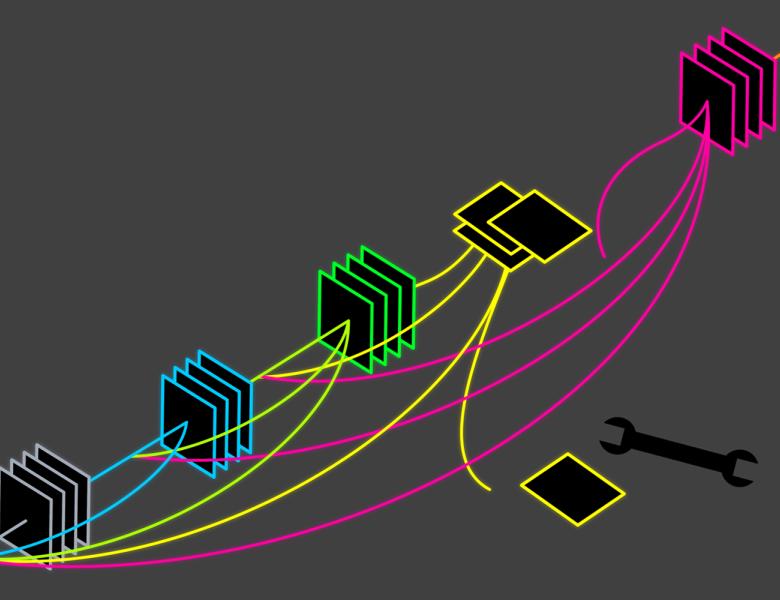
Abstract
Self-supervised representation learning solves auxiliary prediction tasks (known as pretext tasks), that do not require labeled data, to learn semantic representations. These pretext tasks are created solely using the input features, such as predicting a missing image patch, recovering the color channels of an image from context, or predicting missing words, yet predicting this known information helps in learning representations effective for downstream prediction tasks. This paper posits a mechanism based on conditional independence to formalize how solving certain pretext tasks can learn representations that provably decreases the sample complexity of downstream supervised tasks. Formally, we quantify how approximate independence between the components of the pretext task (conditional on the label and latent variables) allows us to learn representations that can solve the downstream task with drastically reduced sample complexity by just training a linear layer on top of the learned representation.


